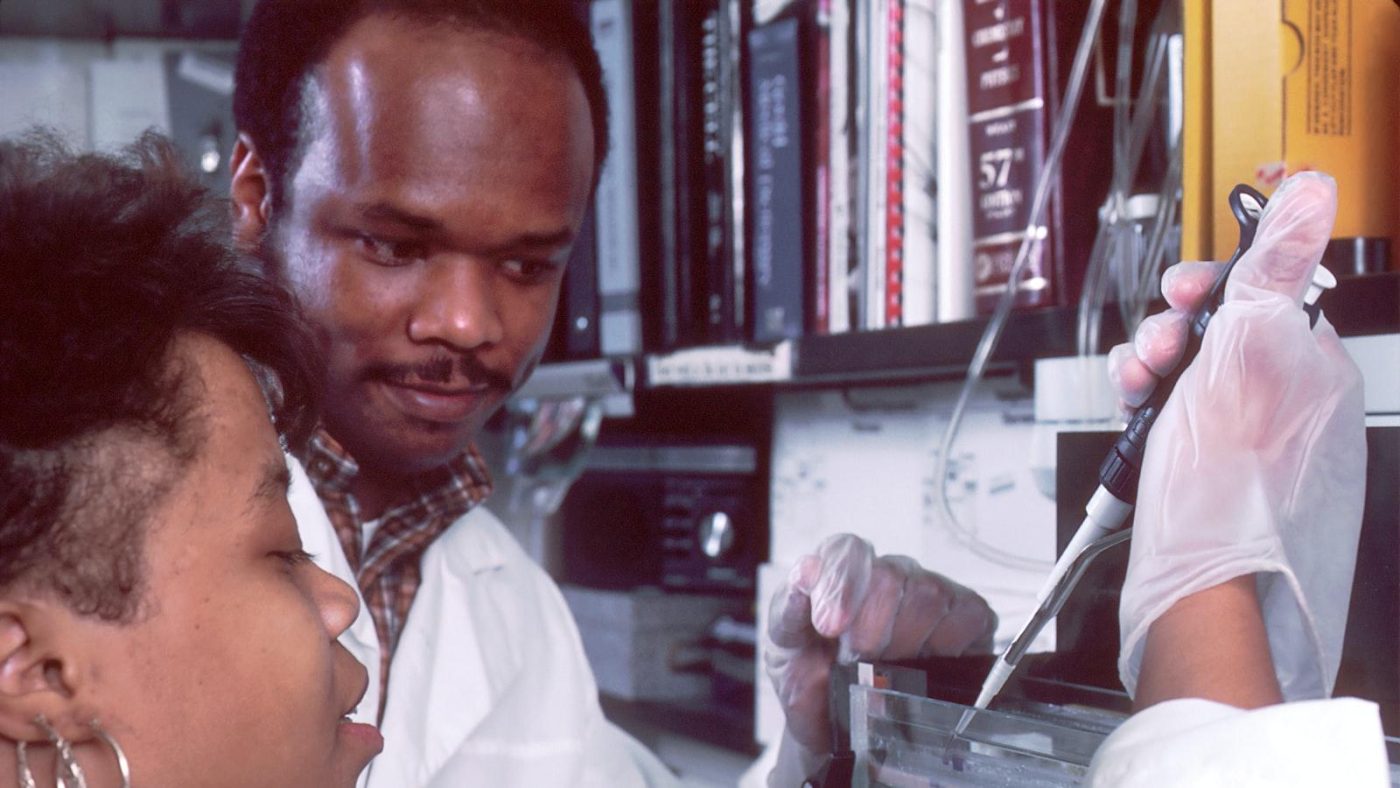Manual Testing Salary Ranges: A Comprehensive Guide
If you are considering a career in manual testing or looking to negotiate your salary as a manual tester, it is crucial to understand the salary ranges in the industry. Manual testing plays a vital role in software development by ensuring that applications meet quality standards through manual analysis and testing. To help you navigate the world of manual testing salaries, this article will provide an overview of the salary ranges, factors that influence salaries, and practical tips for negotiating your salary.
What Influences Manual Testing Salaries?
Several factors can influence the salary ranges for manual testers, including:
- Experience: Experienced manual testers with a proven track record of successful projects are likely to command higher salaries than entry-level testers.
- Location: Salaries for manual testers can vary significantly based on the cost of living in different geographical locations. For example, manual testers working in major tech hubs like Silicon Valley or New York City may earn higher salaries than those working in smaller cities or rural areas.
- Company size: Manual testers working for large multinational corporations may earn higher salaries than those working for small startups.
- Industry: Manual testers working in industries like finance, healthcare, or technology may earn higher salaries than those working in other industries.
- Certifications: Manual testers with relevant certifications, such as ISTQB certification, may command higher salaries than those without certifications.
Manual Testing Salary Ranges
According to recent data from Payscale, the salary ranges for manual testers can vary based on experience level:
- Entry-Level Manual Tester: $40,000 – $60,000 per year
- Mid-Level Manual Tester: $60,000 – $90,000 per year
- Senior Manual Tester: $90,000 - $120,000 per year
Practical Tips for Negotiating Your Salary
When negotiating your salary as a manual tester, consider the following tips:
- Research: Research salary ranges for manual testers in your geographical location and industry to have a better understanding of what to expect.
- Highlight your skills: Emphasize your skills, experience, and certifications during salary negotiations to demonstrate your value as a manual tester.
- Be confident: Be confident and assertive during salary negotiations, but also be willing to compromise and find a mutually beneficial agreement.
- Consider other benefits: In addition to salary, consider other benefits like bonuses, stock options, healthcare benefits, and flexible work arrangements when negotiating your compensation package.
Benefits of a Career in Manual Testing
A career in manual testing can offer several benefits, including:
- Job stability: Manual testing is an essential part of software development, making manual testers in demand across industries.
- Career growth: With experience and certifications, manual testers can advance to senior roles with higher salaries and more responsibilities.
- Continuous learning: Manual testing involves staying updated on the latest technologies and methodologies, providing opportunities for continuous learning and skill development.
Conclusion
In conclusion, manual testing salary ranges can vary based on factors like experience, location, and industry. By understanding these factors and following practical tips for negotiating your salary, you can ensure that you receive fair compensation for your skills and experience as a manual tester. A career in manual testing offers job stability, opportunities for career growth, and continuous learning, making it a rewarding field for those interested in software quality assurance.










